160 kmph on the speedometer. Engine screaming near 5000 rpm.
The road wide, smooth and shimmering in the heat.
On both sides of the road is barren yellow land. Dry, with occasional scrub here and there. No sign of life for miles.
It is cool in the car, but our senses are wide awake – lots of adrenaline pumping as the car goes faster than it ever has. Eyes are intensely scanning the road ahead for any pothole or any vehicle/human on either side of the road. But nothing comes into view as the occasional mile marker flashes by, counting down the numbers. The road is not perfectly straight, but you don’t care because there are no abrupt turns – you don’t have to go below 120 kmph anywhere.
Finally after running a while at 160kmph, sense takes over and we drop to 140kmph, which we held on to for the rest of the trip. If you are enthusiastic about driving in any form, you have not really driven in India if you haven’t driven in Kutch in Gujarat. The Ahmedabad Bhuj highway is a driver’s dream
What they say about Gujarat’s roads is mostly true then – right from the point you cross over from Maharashtra to Gujarat on the NH8, you can’t find much of a fault in the roads there.
The Plan
The plan was a 5 day driving holiday in Gujarat, specifically Kutch. The two main attractions to visit were the Rann of Kutch and Dholavira (the biggest Indus Valley civilization site in India). So the itinerary we followed was this –
Day 1 : Mumbai to Ahmedabad
Day 2 : Ahmedabad to Little Rann of Kutch, evening safari in the Kutch
Day 3 : Little Rann of Kutch to Dholavira, see the site
Day 4 : Dholavira to Sun Temple, Modhera and Rani ki Vav, Patan and onto Ahmedabad
Day 5 : Ahmedabad to Mumbai
Day 1
We started from Mumbai around 8am and headed north via Western Express Highway, which becomes NH8. We took our first pitstop at Vitthal Kamath for breakfast. As always, the dosas and the uttapams were good and the place was clean and airy. NH8, for some part after Vasai is really beautifully as a nice 6 lane highway winds around green hills for about 20-30 km. While going towards Ahmedabad, it is an uphill climb, but that stretch of the road is sheer joy when you are driving back to Mumbai on NH8.
The Maharashtra part of NH8 finishes just before Vapi. Vapi being an industrial town, is the only part of NH8 where traffic slows down significantly as the road gets filled with heavy commercial trucks. For about 20 min, the going gets quite slow – till we passed Vapi. After Vapi, the road turned even better as it continued to be a wide 6 lane road, but traffic became lesser.
While on this stretch, we noticed that there were too many white cars on the road. And if not white, they’d be light grey or silver in colour. So much so, that a brightly coloured car would pass by only once in 15-20 min. And we’d actually cheer it, esp if it had Gujarat plates 🙂 The second thing we noticed was the number of tolls on the road. Between Mumbai and Ahmedabad, I think we paid tolls at about 11-12 toll booths and they totalled to about Rs 600 in tolls. For a 530km trip!
The highpoint (or lowpoint?) of the drive came after we crossed Baroda. We were feeling a little hungry as it was almost 1pm. However, figuring that we would lose more time if we entered Baroda city from the highway, we decided to take the Baroda byepass and eat at a dhaba after crossing the city (as well as tank up on petrol). However, after crossing a big signal, we found ourselves on National Expressway 1 (NE1) The road turned from an already-nice-highway, to a completely flat, almost straight, 8-lane expressway. Even with having driven at decent speeds all throughout, we couldn’t help but floor the accelerator.
However, the low fuel warning sign brought us back to ground – the DTE (distance to empty) readout said 50km. We slowed down to 80 kmph, but the road was so smooth that we would inch up to 100 kmph without us knowing it – and cars were flashing by on our right at what would look like 150kmph at least. With our eyes glued for any signs which said petrol, we stuck to the slow lane at 100 kmph as the DTE kept counting down – and our tension kept going up. At one point, we even called the emergency services advertised on the expressway to ask if there was any petrol pump on the expressway. The operator assured us there was one.
Finally, after half an hour of heightened anxiety and blood pressure – and with just 2 km showing on the DTE, we spotted the petrol pump and drove in. Had another mini heart attack when we saw that it was a Reliance Petrol outlet and there was not a single car (or person) to be seen around. But we honked and thankfully a uniformed employee came out and filled up the car. With relief written all over our faces, we grabbed a bite at the eatery next door. It was very average highway fare. It was going to be the first of our many gujarati meals to come.
From that petrol pump, Ahmedabad was just 25 km away and with the help of good old Google Maps, we were at the Ginger hotel by 3pm. We freshened up and headed to Vastrapur lake to try out Ahmedabadi street food. Maybe we didn’t go to the best vendors, but the street food didn’t stand out as such. What we did notice, quite surprisingly, was the proliferation of egg in streetfood. Ahmedabad looks like a city in love with egg bhurji, rolls and other egg delicacies! Every alternate streetfood shop was a “andawalla” and even while driving around the city, we caught the telltale smell of eggs being fried.
Dinner was at a famous Ahmedabad chat/mithai shop called Rasranjan. And then it was early to bed for our drive the next day.
Day 2
The second day we started for Little Rann of Kutch after breakfast. The Little Rann is the smaller brother of the Great Rann. Most of the Kutch is wasteland – marshy and saline. There are only a handful of properties which host tourists and which are situated inside the Little Rann. The oldest is probably Rann Riders in Dasada, while Devji’s Kooba is quite popular too. But we had heard of a new property which had opened up and we decided to try it.
Turned out to be a very good decision as Bhavna Farm and Resort (http://www.bhavnaresortandfarm.com/) was the new eager-to-please-kid on the block. The cottages were all brand new, so were the beds and everything else. The cottages were decorated by Gujarati mirrorwork on the outside and each of the cottage fronts were a visual treat. To make things even better, each cottage came with its own swing – traditional jhoola actually – in a tiny porch. Everything opened out to a pretty little garden. And the entire group of cottages was surrounded on all sides by a small farm, where lot of vegetables were being grown.
Food was traditional Gujarati sabji, kadi & rotis. But tasted very good – we would always eat one ghee-covered roti more than we planned to. The meals were part of the room rate and they did Rann Safaris too. Soon at 2 pm, were waiting outside the Forest Ranger’s office getting entry passes for the Indian Wild Ass Sanctuary. Turns out, the Little Rann of Kutch is the last sanctuary for the Indian Wild Ass – or the khur. The only other wild donkey found on the Indian subcontinent is the kijang in Ladakh (which also we had the fortune of spotting, during our Ladakh trip last year). These are sturdy animals, could be almost called handsome, and they can run really long distances without slowing down.
However, during the winter months, the Rann – more specifically, the Little Rann – of Kutch attracts a host of migratory birds because of the shallow standing water abundant in the area. The most well known of these birds are the pink flamingoes – big birds of a delicate pink color, standing in shallow water on their thin long legs. Equally handsome, but not as exotic is the Indian crane – similar in size to the flamingoes but black in color.
We entered the Little Rann through some coarse looking shrubs – didn’t at all look like an entrance to a national park. But soon we found ourselves traversing the parched dry plain of the Kutch. Initially there were some tyre tracks to follow but as we went deeper inside, the vast Rann began to take over. Soon everything was shimmering in the distance, giving the illusion of a big lake around us, everywhere you look. God only knows how the driver figured out which way was solid land and which side lay actual water – or any sort of bearings. But, he managed, and soon we were driving into a herd of Indian cranes. Graceful creatures, standing almost a metre tall, they took off after a run, just like an airplane would, but with utter grace. And their shiny black coat was just as impressive as the delicate pink of the flamingos.
The flamingoes were standing in shallow water – whole herd of them – with their heads under the water, feeding for fish or crustaceans. But around the water the land was marshy and the Jeep couldn’t go there. So we had to satisfy ourselves with some long range shots of these magnificent birds. We also spotted lots of other birds – sand grouse, black drongo, green drongo, ducks – some migratory and some local. Next stop was the khur. The driver took us to another location, which again had some shrubs, near the edge of the Rann. There, after searching for a while among the bushes, a solitary male came out for a look-see. The shy creatures do not like human company yet – they observe from a distance, backing away if you make any movement towards them. We again took some long range shots and moved on to a nilgai we spotted. The nilgai obliged us by moving next to the khur, giving us the shot below.
After unsuccessfully looking for any desert foxes, we turned our attention back to birds. The driver said he knew where a herd of owls was nesting and whether we would be interested. Our answer was “sure”. So off we went across the Rann, crossing a big portion of it before arriving at another bunch of shrubs, where resting under the stunted trees were a group of owls. And there were a lot of them. We had a good time spotting owls in each tree. But it was getting dark and we wanted to see the sun go down on the Rann, so we headed back towards where we came from, watching the sun go down standing in the middle of nowhere.
Back at Bhavna resort, dinner was awaiting us – another round of traditional Gujarati food – with piping hot ghee-coated rotis and sev-tomato sabji. After having our fill, we roamed around the resort, gazing at the stars before the mosquitoes drove us back to our cottage.
Day 3
After breakfast, we headed towards Dholavira. We rejoined the Ahmedabad-Bhuj highway and then started towards Bhuj. While the road was very good, it became emptier and emptier – and we kept going faster and faster – till we hit 160 kmph (on the speedo) as described at the beginning. The car didn’t feel happy at all doing it – so after 15-20 min we backed off to 140 kmph. And continued to cruise at those speeds till we came to a bridge over the Rann just after Malia. On both sides were giant windmills and lots and lots of salt pans. Mounds of white salt were scattered on both sides and trucks were abuzz on the highway carrying away the salt
About 10km after the Malia bridge, at Samkhiyali, we turned right from the Bhuj highway and turned towards Chitrod. The road continued to be nice 4-lane, with even lesser traffic, although the landscape was a little undulating. At Chitrod, we left the NH and turned towards Rapar (and Dholavira). There are enough road signs pointing the way. The road became a 2-lane road – which was not a bad thing – we were still doing 120 on most stretches – except the villages, where they invariably had a speedbreaker. After about an hour of this, we came to the sight which stunned us comepletely – and will probably remember forever.
The island of Khadir Bet is connected to the Gujarat mainland by a shallow road bridge. It’s not actually a bridge even – it’s just a raised road, couple of feet off the ground – with pipes at regular intervals to allow the water to flow. It crosses what is called the Rann of Kutch Lake. A very shallow lake which barely gets submerged during the monsoons, and then remains dry for the rest of the year, leaving the ground covered with white salt crystals. A straight black road cutting through a white ground – for 6 km. It felt as heavenly as it looks – and we just couldn’t soak it in with our eyes!
So we parked the car, and got down to take photos. One side of the road has power lines accompanying the road, so to avoid that side, we parked on the wrong side of the road. We experimented with photos, marvelled at the vastness of the white plain, sat down on the salt before quickly getting up – the ground under the salt was still wet and soggy. Stand at one place for a while and you sink in an inch into the ground. At some places, seawater gets left behind in some puddles, and the concentrated salts gave it vivid colours. We spent 30 min parked on the bridge, and not a single vehicle crossed us while we were there! Finally we got back into the car and in high spirits, continued towards Dholavira.
The island of Khadir Bet was where the uber smooth roads finally lost their polish a little. Much narrower, almost like a single lane and slightly broken in places. Nothing like the craters in Bombay, but it wasn’t possible to do more than 60 on the roads there. The final road into Dholavira is a little disappointing – you expect a broad road leading to a big gate saying “Welcome to Dholavira” or something. At least that’s what all the road signs led us to believe – that this was a well promoted site. Just before the entrance to the main complex is the Torana Resort of Gujarat Tourism. Designed like the local kooba huts, they are a charming collection of 10 cottages, with lots and lots of empty space (for more cottages, if required). Finding a parking wasn’t a problem at all – finding a space under the shade was a different question altogether. When we arrived at 1.30pm at Dholavira, the sun was really strong, even if it was just February.
After checking in – and finding we were the only people in the resort (though more were expected in the evening), we decided we should have lunch and then explore the site at around 4pm so that the sun would be a little weaker. Lunch was the same Gujarati fare, but it was still very yummy – and we polished it off. The room itself was round shaped, but very spacious. The split AC was fully functional and the bathroom was clean. A lot of negative things have been written about this particular Torana resort on the internet. It wasn’t luxurious for sure – but it was neat and clean. And for Rs 1,000 a night with the AC, we couldn’t see what was wrong with the place. It was better than many other govt resorts.
The guide (there was only 1 available when we walked into the tiny museum onsite), turned out of be one of the people who had participated in the dig at Dholavira for 15 years before digging was stopped in early 2000s. He turned out to be a treasure trove of information – not just about the place, but about how the actual dig was conducted, what was found first, what led to what etc. Dholavira was a fairly large city, with the affluent quarter on the top of a small hill and the poor quarter on the plain below. It had a huge marketplace and a very advanced water conservation system (given the dry surroundings).
A seasonal river was dammed and the water made to flow in 18 huge tanks constructed all around the city. The tanks constructed taking elevation into account so that second tank started filling with the runoff of the first tank – there are covered sluices which are still intact today. Some tanks had a ramp built to their bottom, so that oxcarts could be loaded with water directly. Out of 18 such tanks, only 4 have been fully excavated. The rest have been left as they are, as exposing them to the elements without any protective cover over the site, would lead to quicker destruction of these ancient structures.
So what’s the big deal then? Well, Dholavira was built and settled 4,500 years ago – and it was inhabited till 1000 BC, after which it was abandoned. The waterchannels and drainage they built then it still immaculate today. Doesn’t it look like water will come pouring out of the channel below and someone can have a nice shower? According to our guide, only 20% of Dholavira has been dug up. Archaeologists fear uncovering more of the site without protection being set up – something that requires a lot of money. And as our astute guide put it, in a poor country like India, money needs to be spent on the living, rather than long-dead people.
Until that changes, Dholavira will remain partially hidden. The slight plus point of that is – everywhere on the site, if you have a keen eye, you can find small pottery shards lying on the ground. You can pick it up and touch it – and feel a small tiny connection with some ancestor of ours, who made it 4000 years ago.
Day 4
After early breakfast, we were back on the road. The plan was to take a different route back to Ahmedabad – the SH 52 from Balasar to Radhanpur and then onto Mehsana. Google maps showed that the SH 52 went over the Rann and we were very excited to have a second run over the great Rann. After driving for an hour, the road continued to be the broken single lane road – without much traffic. After a while, even that road finished and a dirt track continued. We drove on, thinking it might be an under-construction road. However, when the dirt track turned increasingly wild, we conferred with the locals – who were giving us incredulous looks – a red hatchback bucking around in the wilderness. After some language issues, someone confirmed that while the road exists, its for 4 wheel drive jeeps only – not for small cars. And the dirt track continued like that over the Rann.
We decided we didn’t want to risk driving on a dirt track over the actual Rann in a front wheel drive hatchback and turned around. Locals guided us on b-roads back to Adesar on NH15. Meanwhile our petrol, which was more than half used up on the drive to Dholavira yesterday, was fast falling towards zero and for the second time in 3 days, we were looking out on petrol pumps, which just weren’t there in this thinly populated part of the world. Finally when we joined NH15, we drove into the first pump, only to be told they sold only diesel. With an incredulous look on our faces, we drove on, the DTE showing less than 40 km. A second pump, again the same – diesel only. Finally a third pump – Essar Oil – had petrol – and DTE was showing 20km!
With a resolve not to let fuel drop below half for the rest of the trip, we headed for our first actual destination – Modhera. Modhera is the site of a temple dedicated to the Sun God. While the world-famous sun temple at Konark is known for its depiction of the temple as a chariot, Modhera’s claim to fame is its Suraj kund.
A very similar geometric-patterned stepwell can be seen at at Hampi in Karnataka
The Suraj kund is a rectangular tank with steps on all sides in a mesmerizing geometric pattern – interspersed with exactly 108 shrines dedicated to 108 different gods and goddesses. People were supposed to take a dip in the holy water of the pond before entering the main temple. You could also offer prayers to the god of your choosing at his/her individual shrine. Now the water doesn’t look very holy – it has a dirty tinge of green in it. But a whole bunch of turtles don’t seem to mind it. They seem to be thriving in the tank there.
The main temple is a beautiful piece by itself – with the Sabha Mandap in the front having 52 beautifully carved pillars. The pillars are covered with stories from Ramayana & Mahabharata both. Unfortunately, Gujarat was easy to access for Muslim invaders coming in from the Arab states via Sindh. From Mohammed Bin Qasim to Mohammed of Ghazni, everyone had a go at Gujarat. Finally Alauddin Khilji, who was consolidating his hold over North India, defeated the local ruler and destroyed the temple roof and broke the idol inside. For centuries, the temple stood without a roof, leading to erosion of the beautiful carvings on the pillars inside. After independence, the ASI decided to install a roof over the temple to preserve whatever was left. They created a replica of the inverted lotus roof from the Dilwara temple Rajasthan and installed it here. Both Modhera and Dilwara were made by the same dynasty – the Solankis
Just 50km from Modhera is the town of Patan. The town is known more for its Patola sarees, but the thing we wanted to see was the Rani ki Vav – translated, a queen’s stepwell. A stepwell, which as the name implies, is a well with a staircase going down all the way to the waterlevel. A Queen’s stepwell should be quite magnificent – and this one lives up to its name. The well is atleast 9 storeys deep. The stairway, at each level, has pillared multistorey pavilions, for royal ladies to hang out in the cool well. All the sides of the pavilions and the staircase walls are lined with exquisite carvings, mostly from Vishnupuran.
Currently access is allowed only till level 5, but a view from the top of the well gives a true idea of the magnificence of the well. Which makes the story of its discovery even more amazing. Something this big and beautiful, built around 1050, was forgotten and silted up. Till after independence, when ASI started digging, only 1 out of 9 storeys was visible. Thankfully ASI seems to be taking good care of it. The surrounding grounds are expansive, green and filled with shade-giving trees. The grounds also are home to huge family group of langurs, apparently.
After a quick lunch at a roadside dhaba, we continued on our way to Ahmedabad. We hit the city in peak hour at 7pm, and it took us more than an hour to find our hotel for the night – Divan’s Bungalow. Situated in a not-so-nice part of a town in a decidedly darkish road, the converted 19th Century haveli feels like an oasis of calm and beauty from the hustle and grime outside. There are only 8-10 rooms in the entire property and is a part of the Neemrana group. After our stay in non-luxury hotels during the trip, sinking into the plush sofas in the enormous room was a sweet joy of its own.
Day 5
Unfortunately, we did not have much time to enjoy the hotel. After breakfast, and asking the gardener to hose the car with water, we started back toward Mumbai, with 1400 km already on the tripmeter. The return journey was uneventful. The only stop being taken was at a fried chicken outlet – after 4 days of vegetarian food, I couldn’t resist the call of fried chicken. Turned out to be a bad decision though – it wasn’t a KFC – and the chicken was barely ok. After the lunch break it was a non-stop drive back to Mumbai.
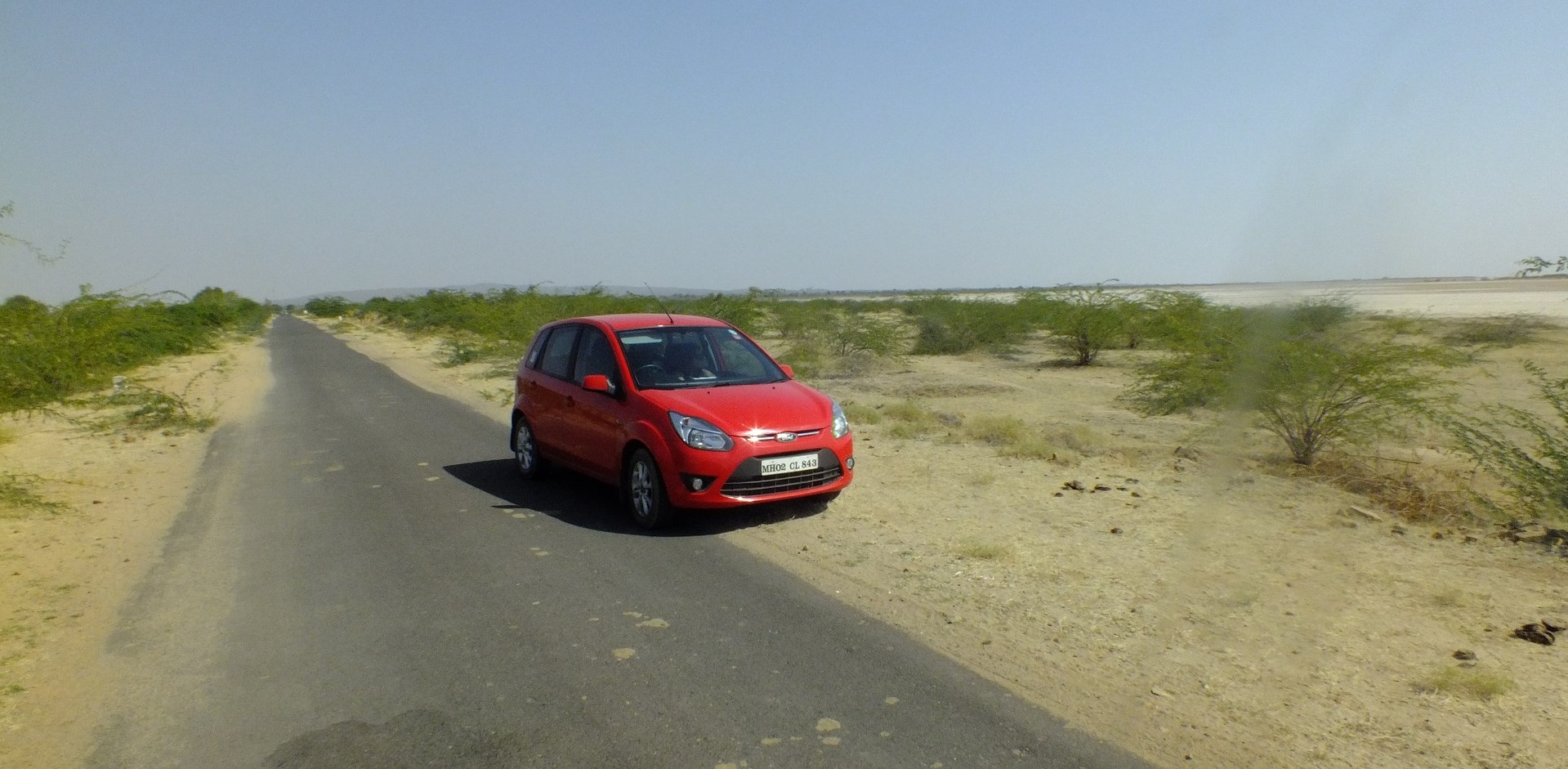
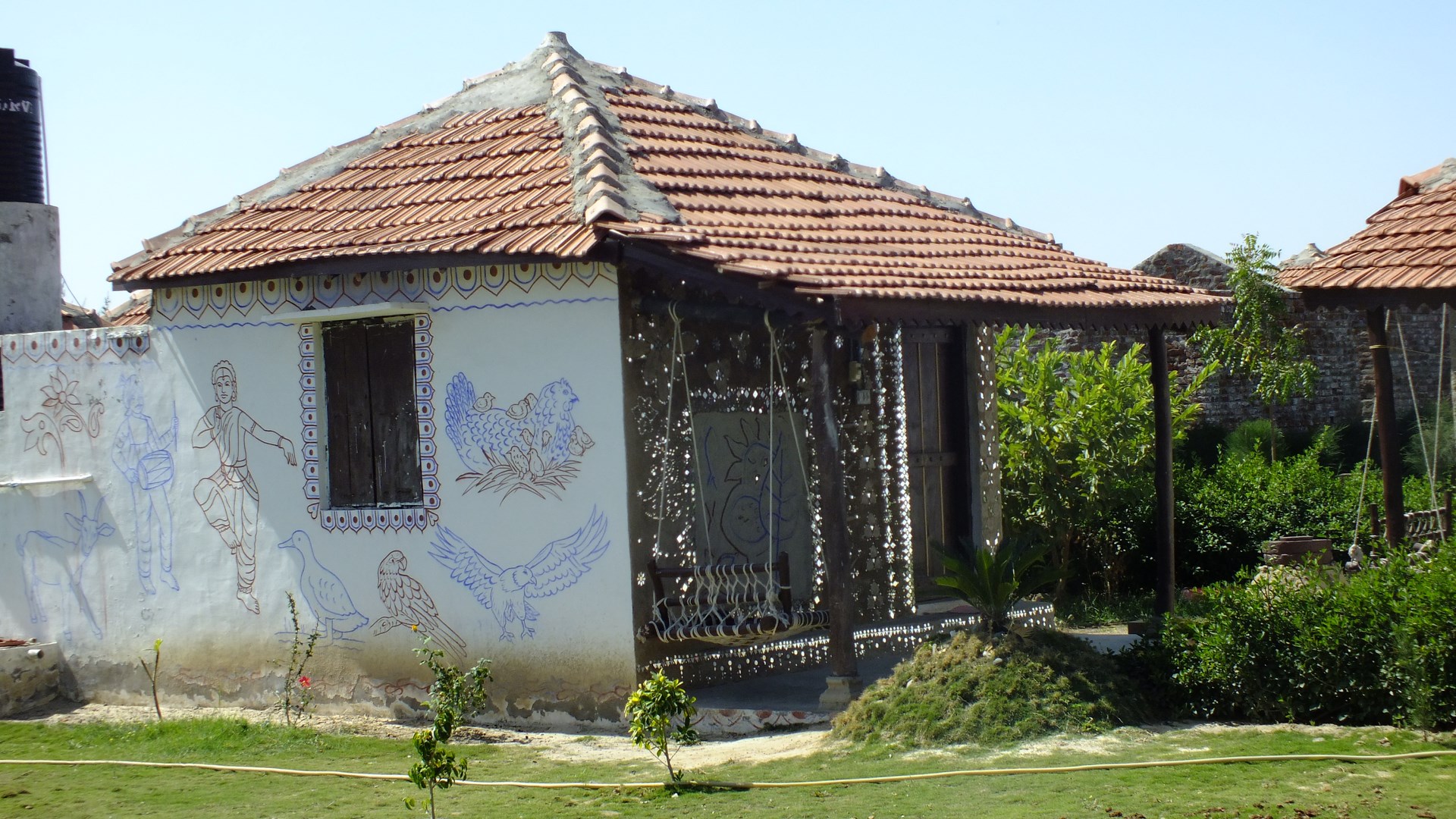
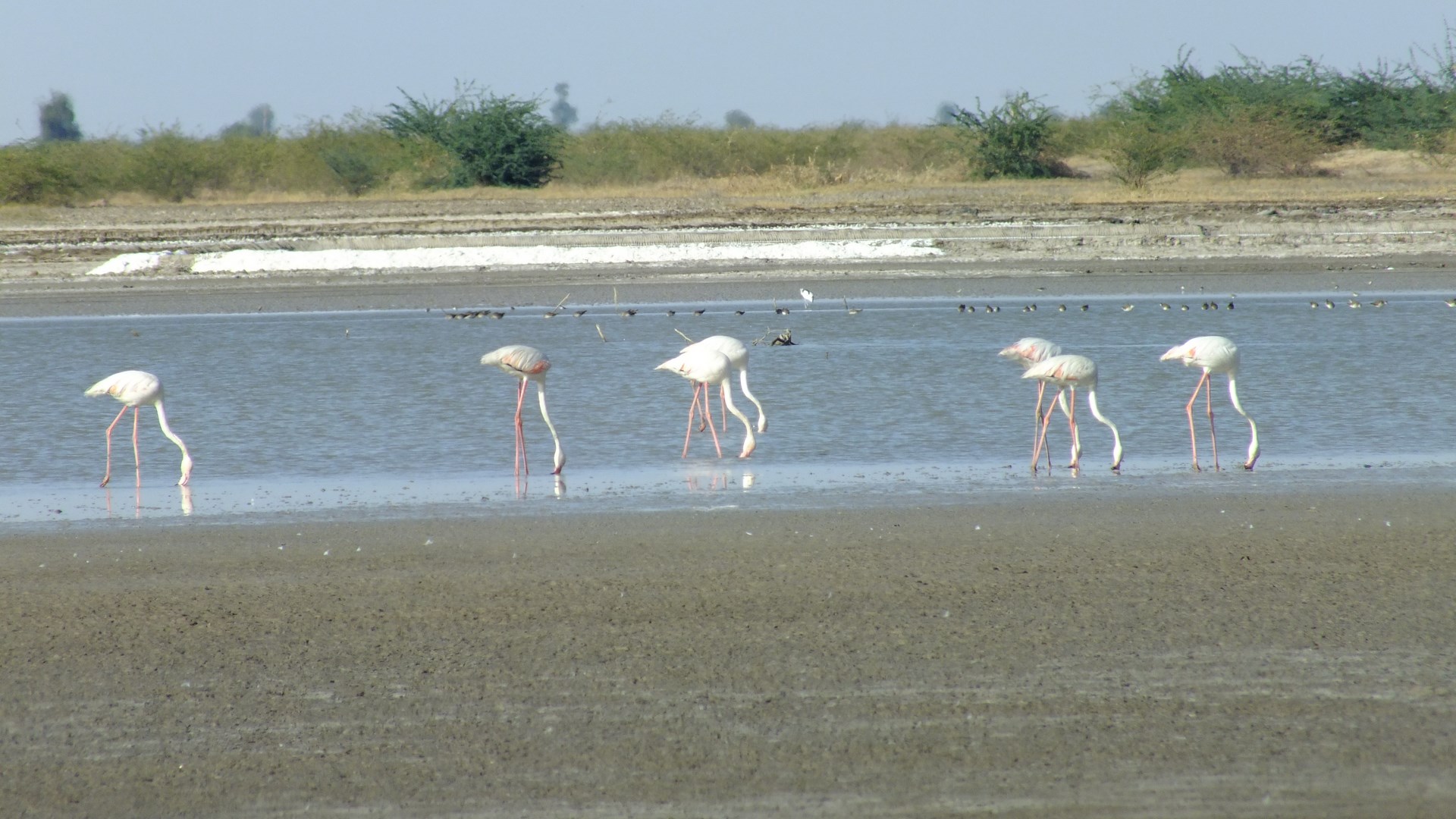
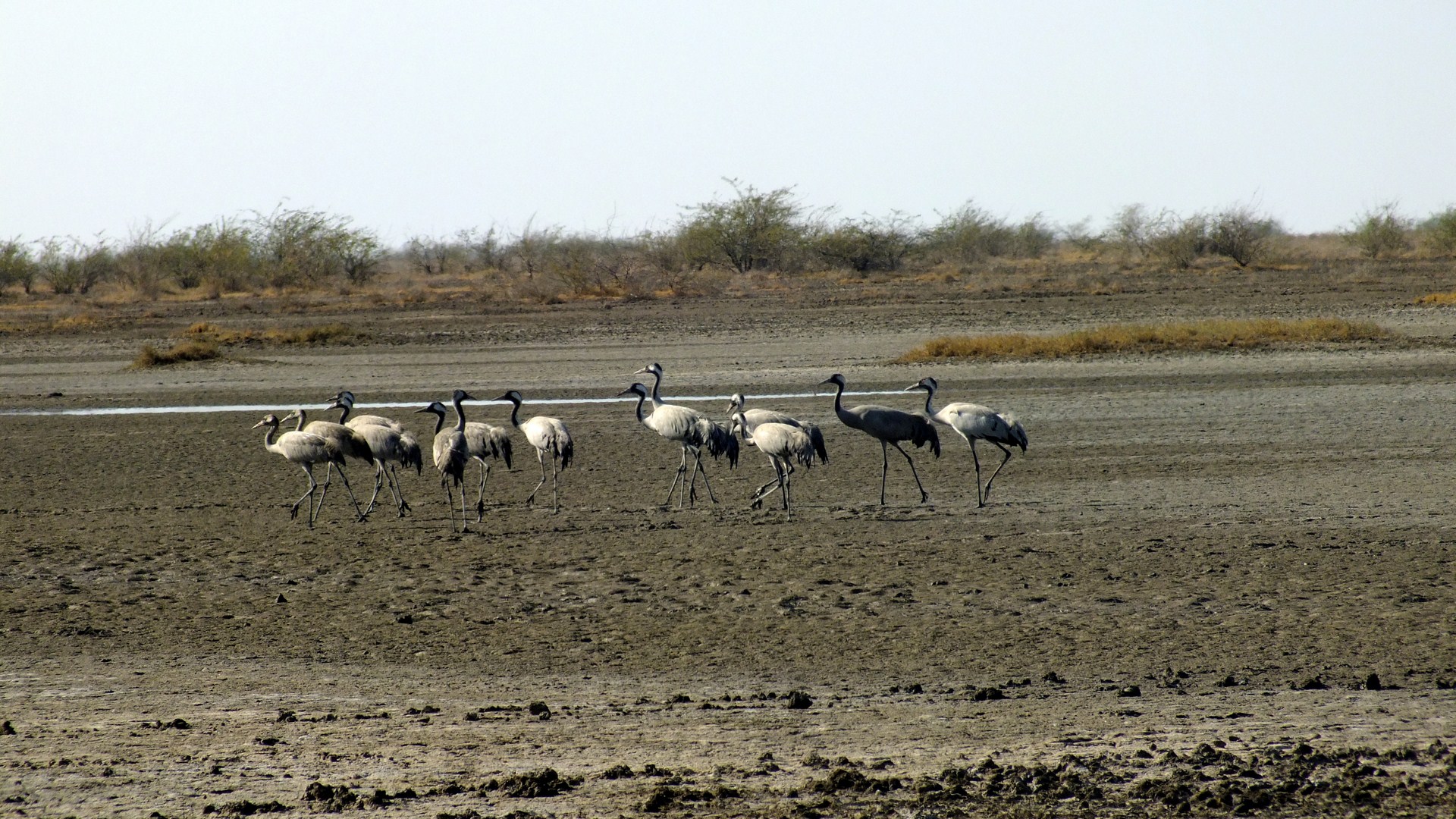
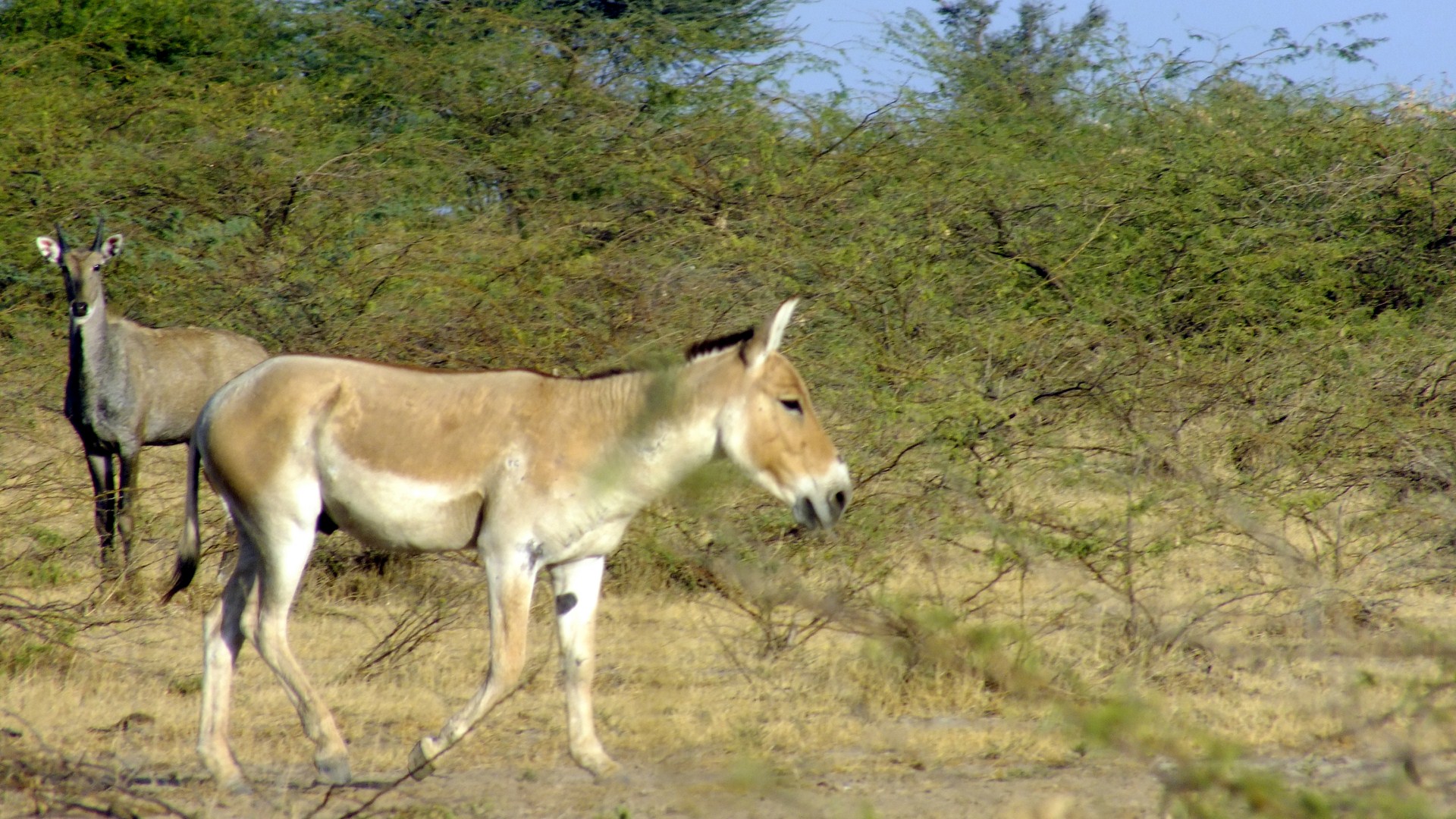
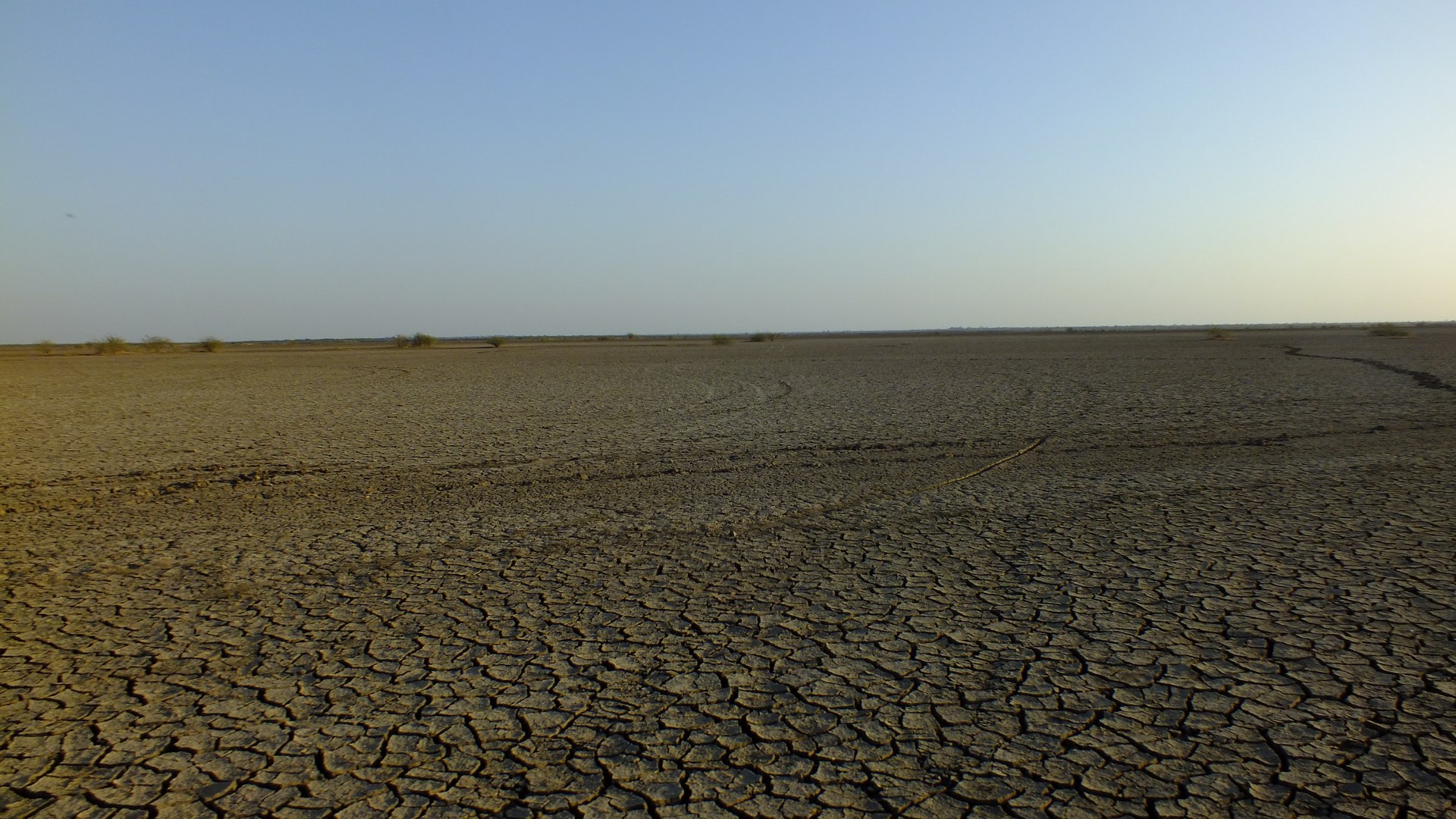
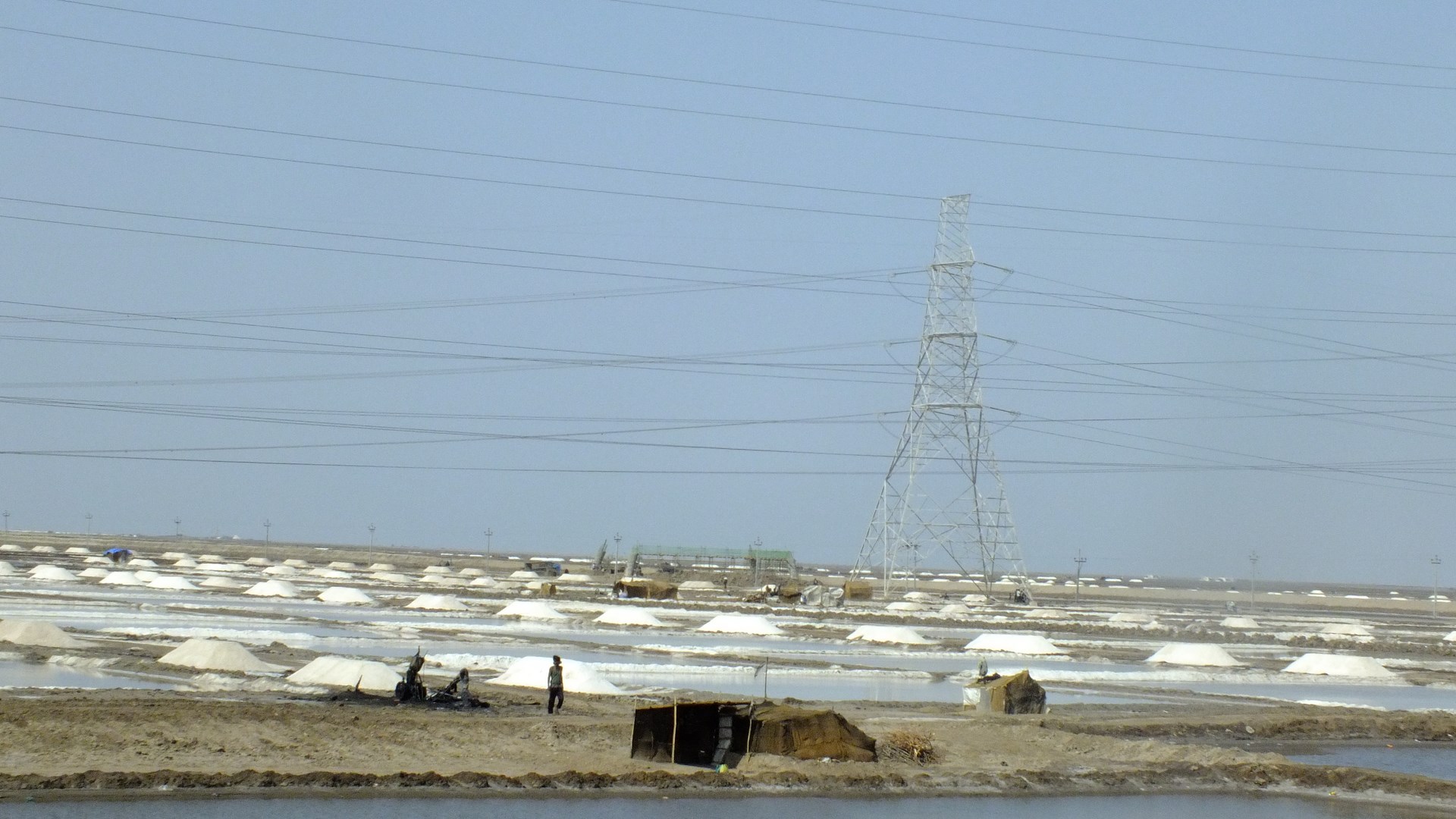
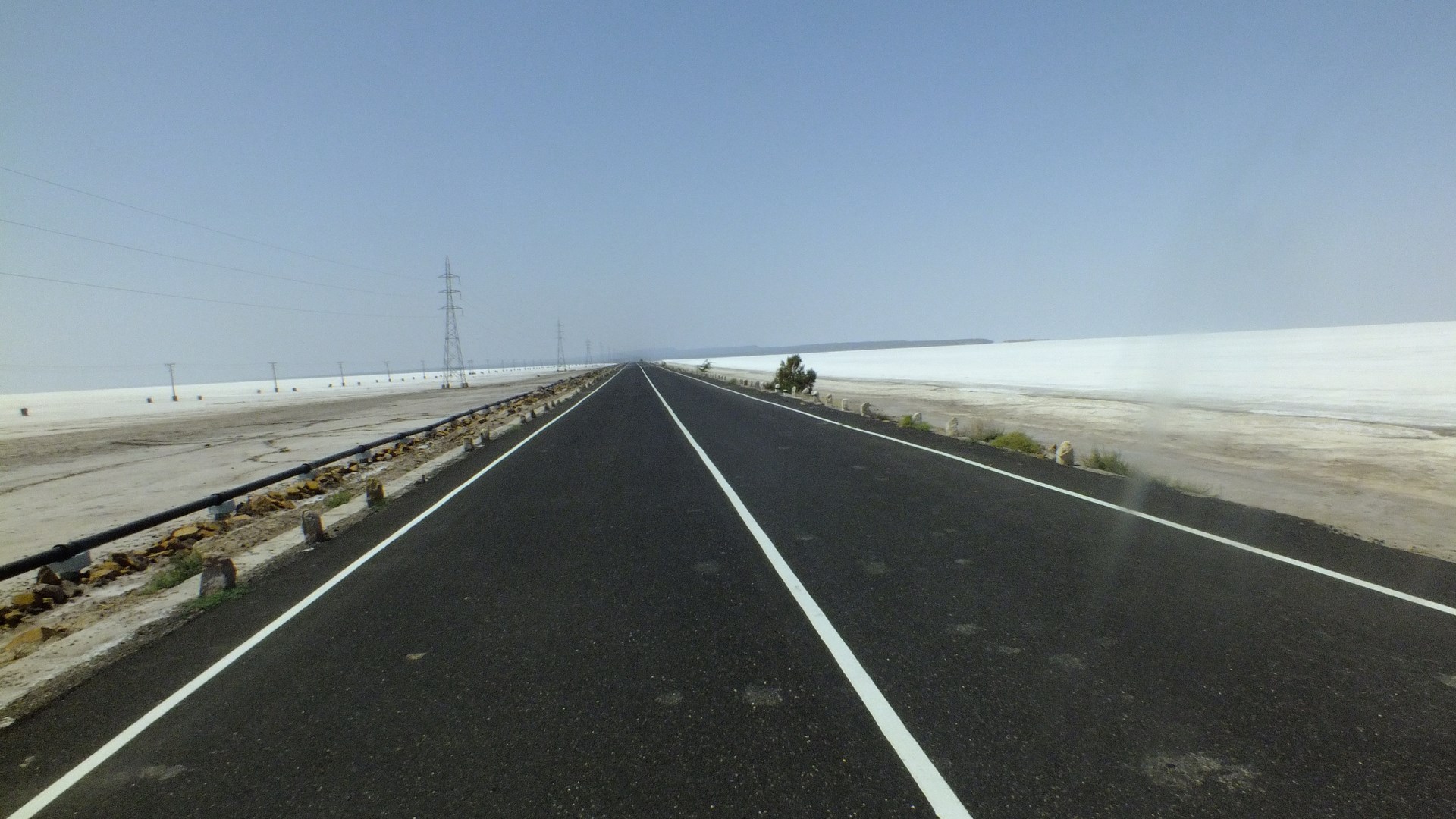
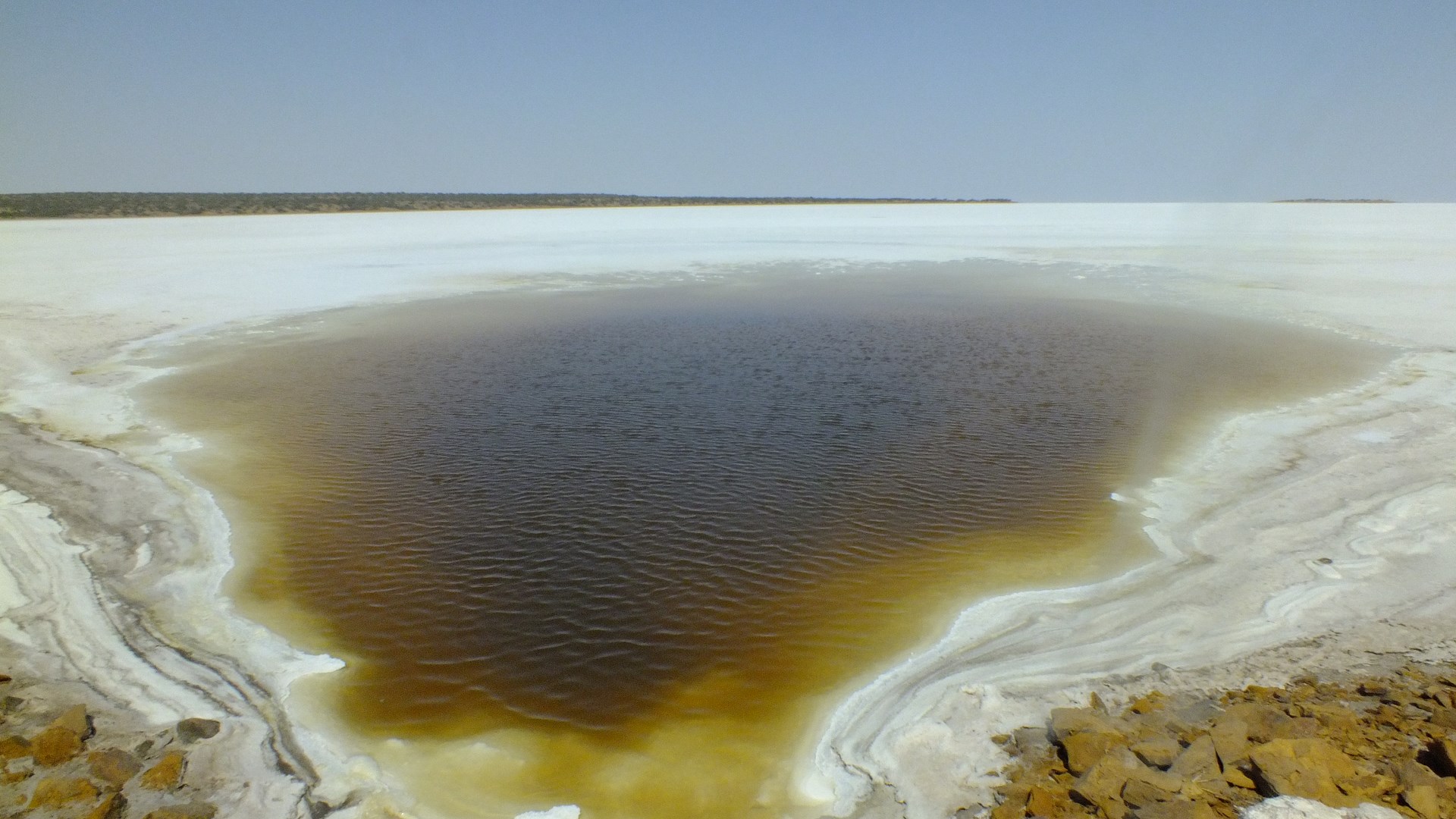
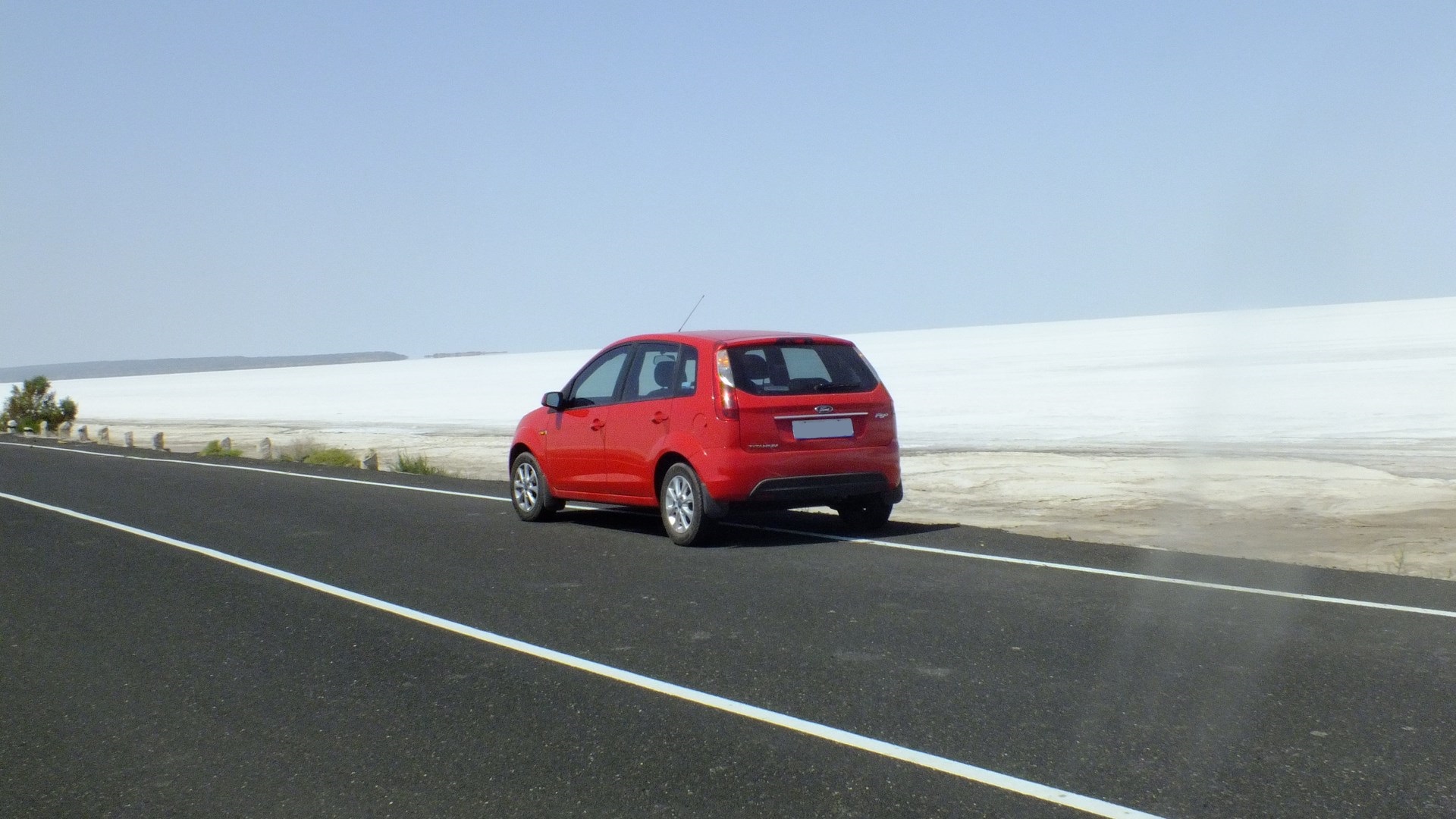
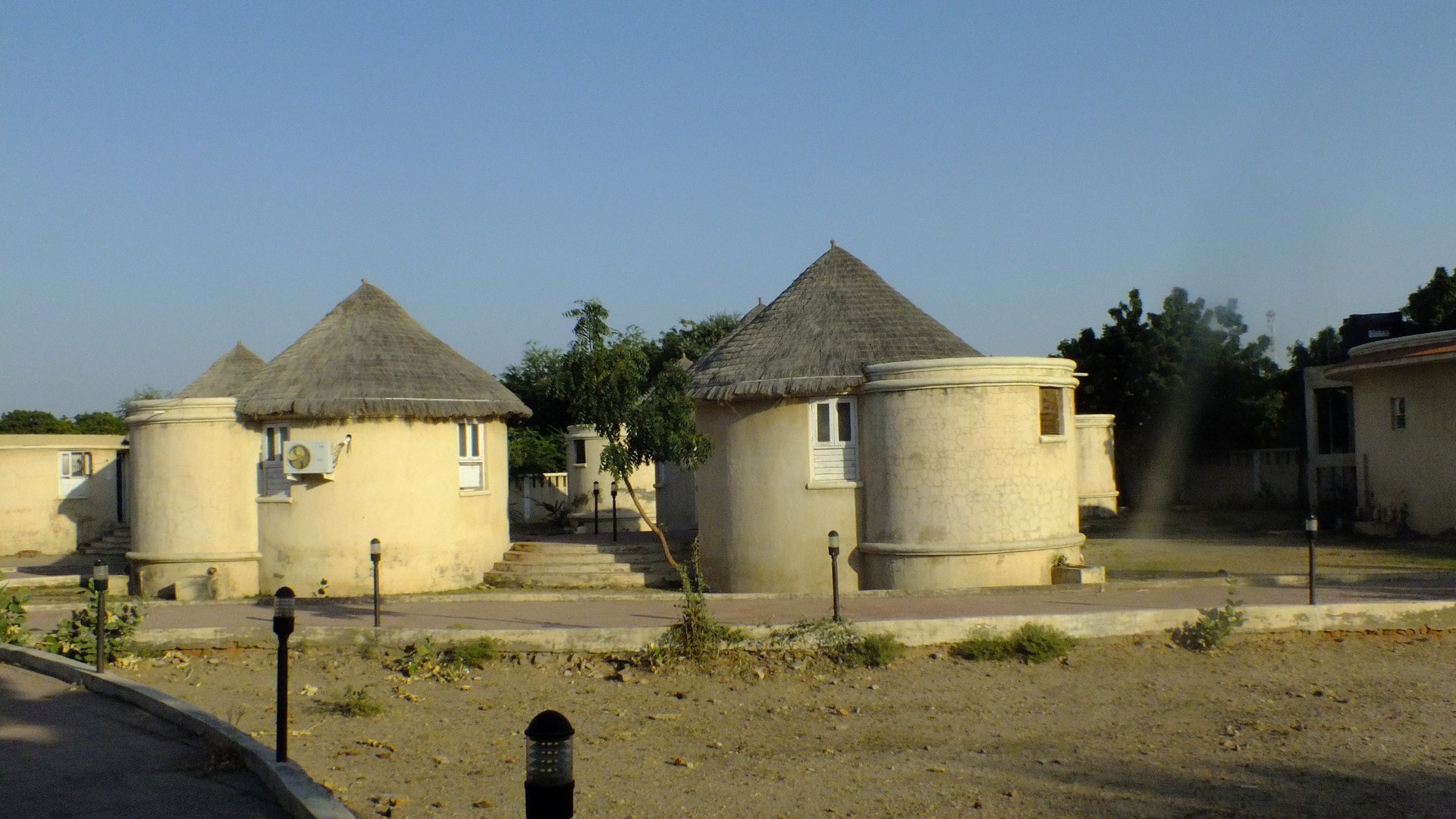
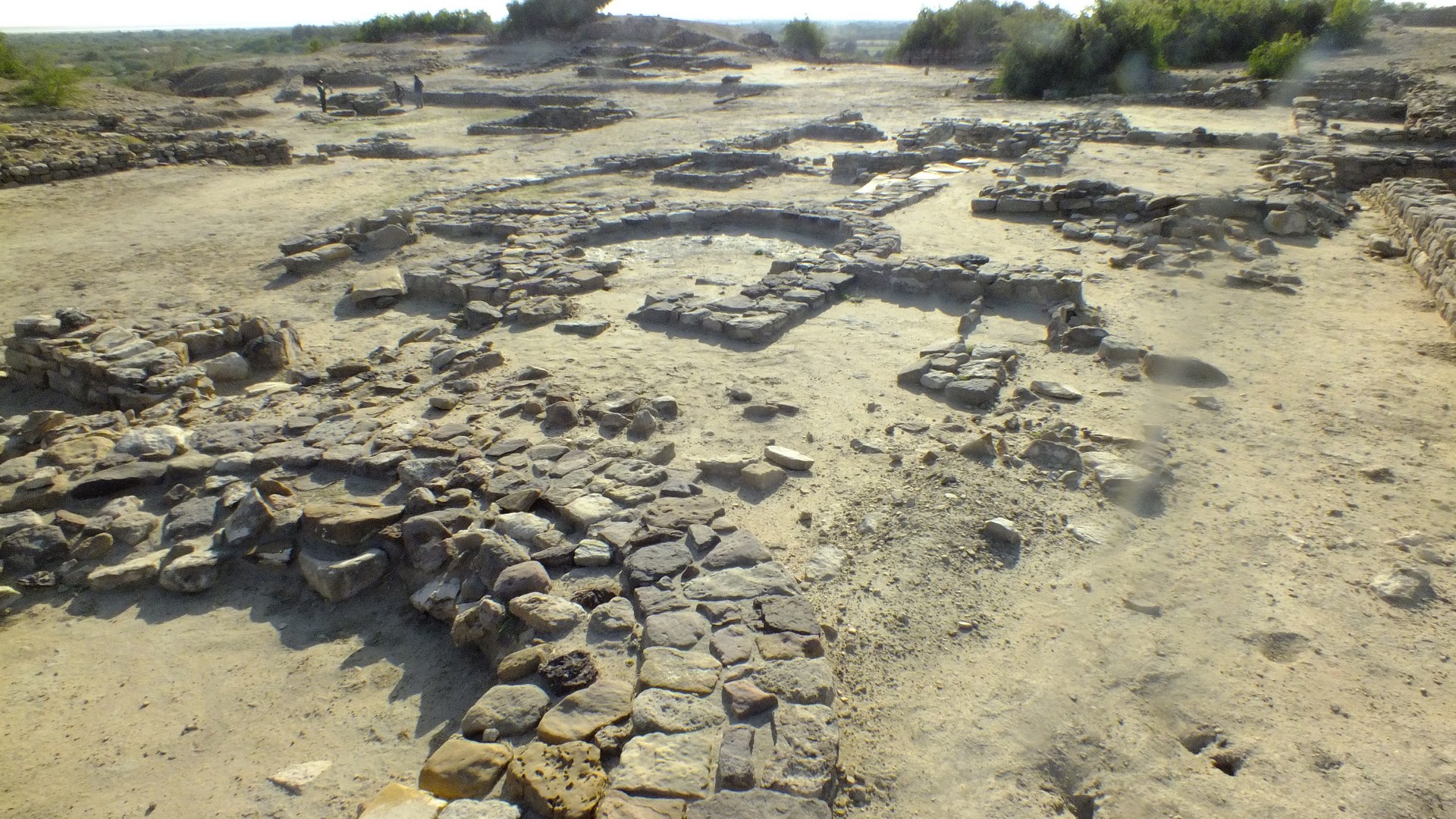
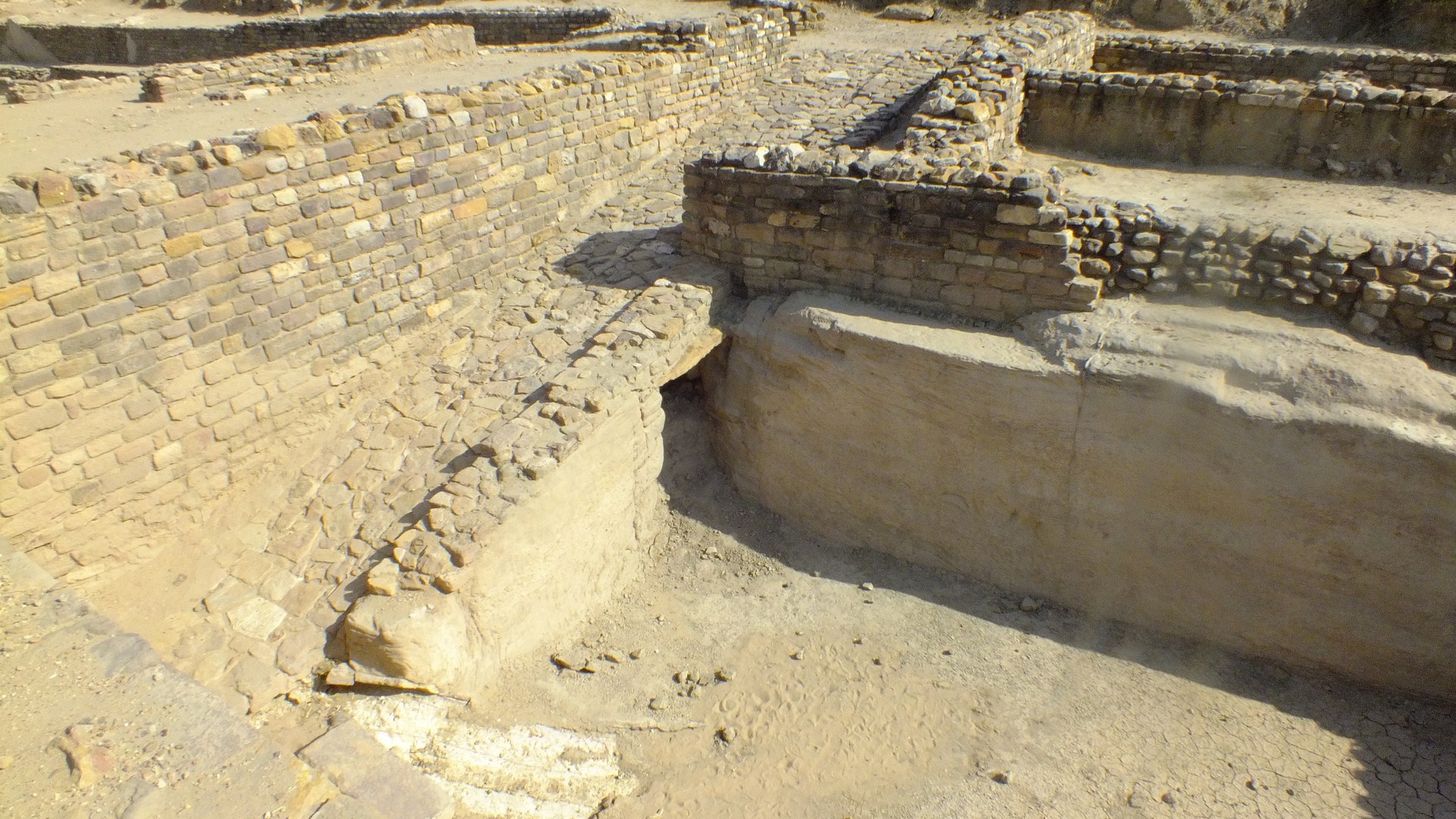
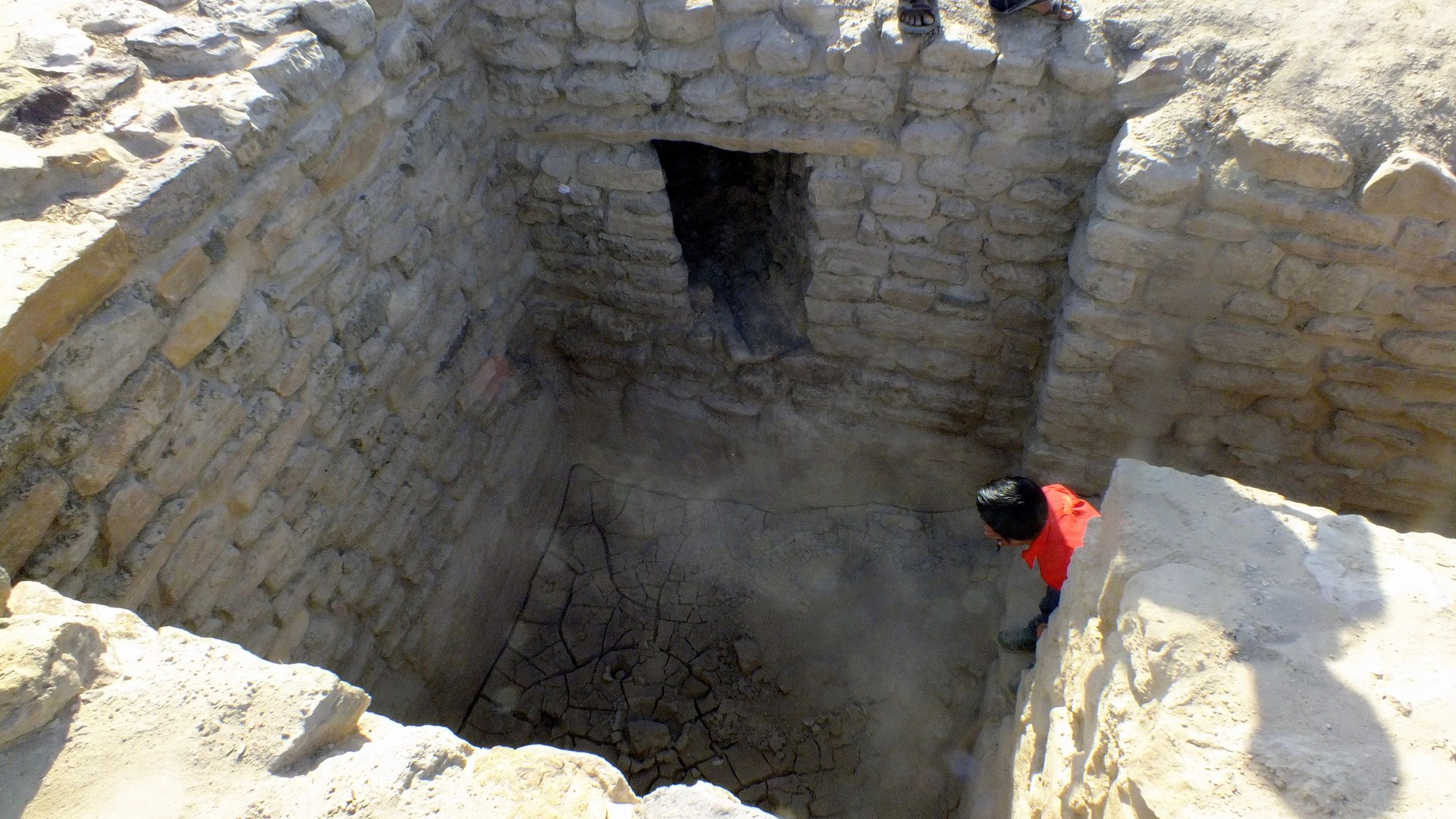
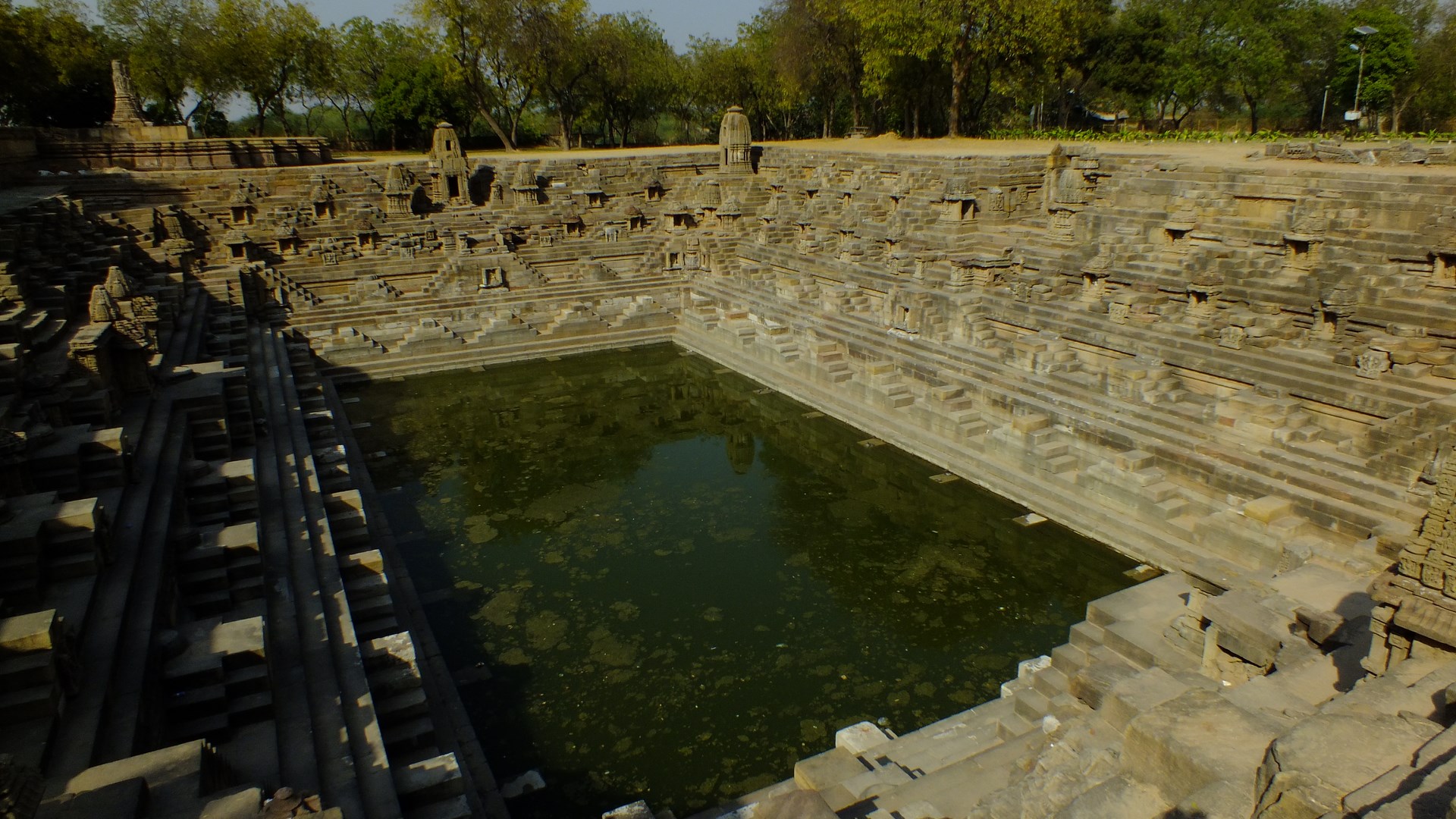
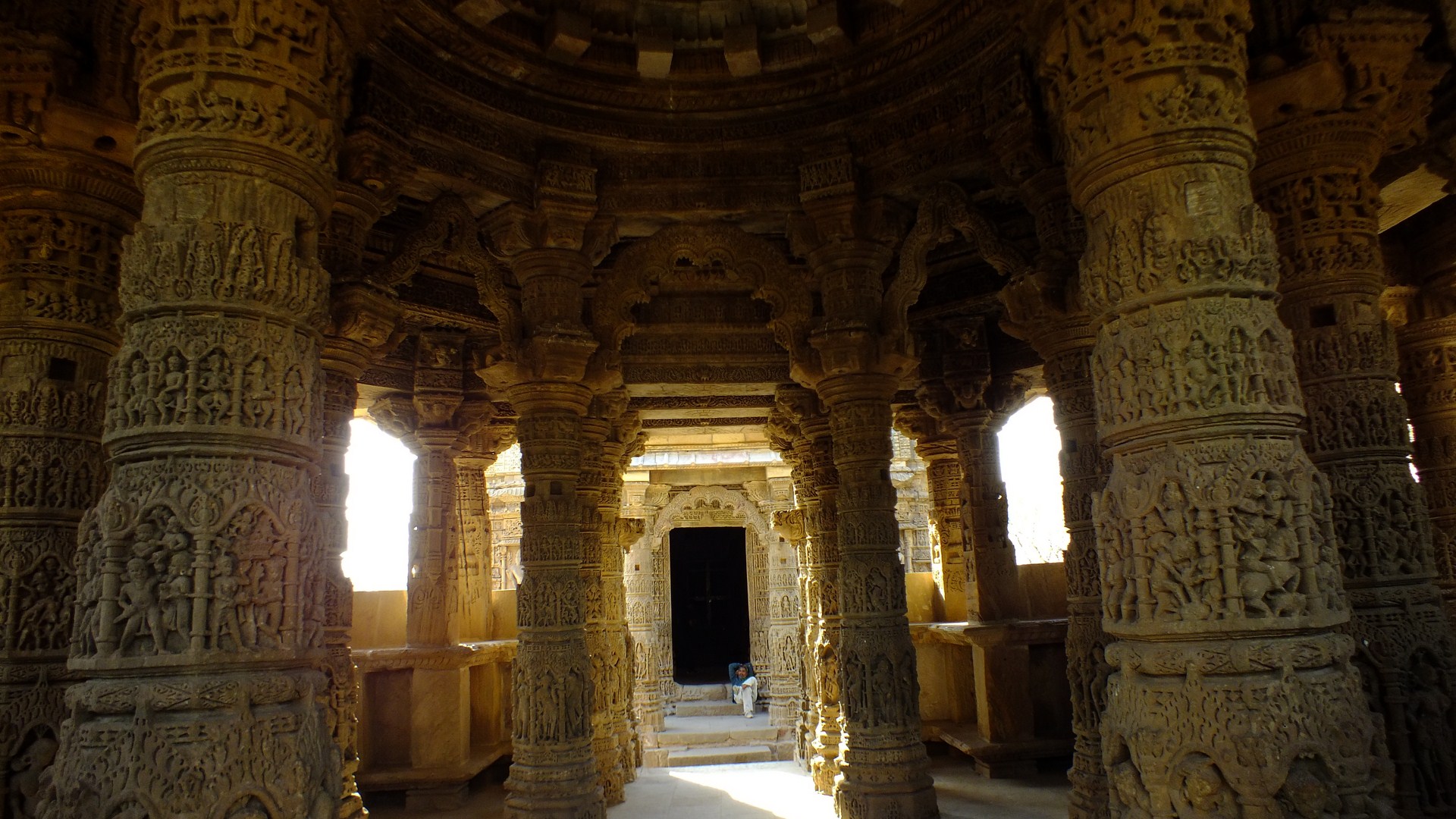
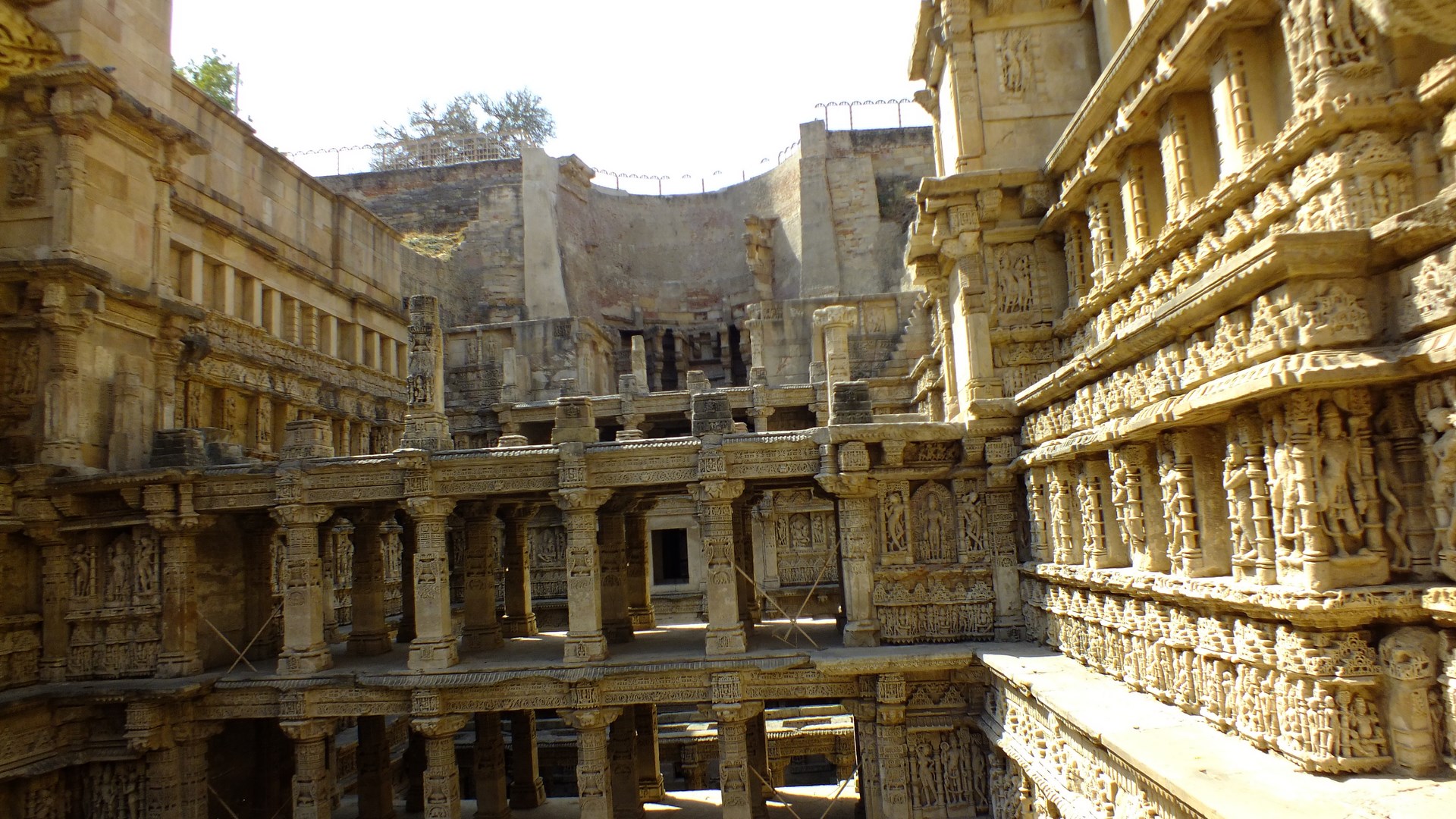
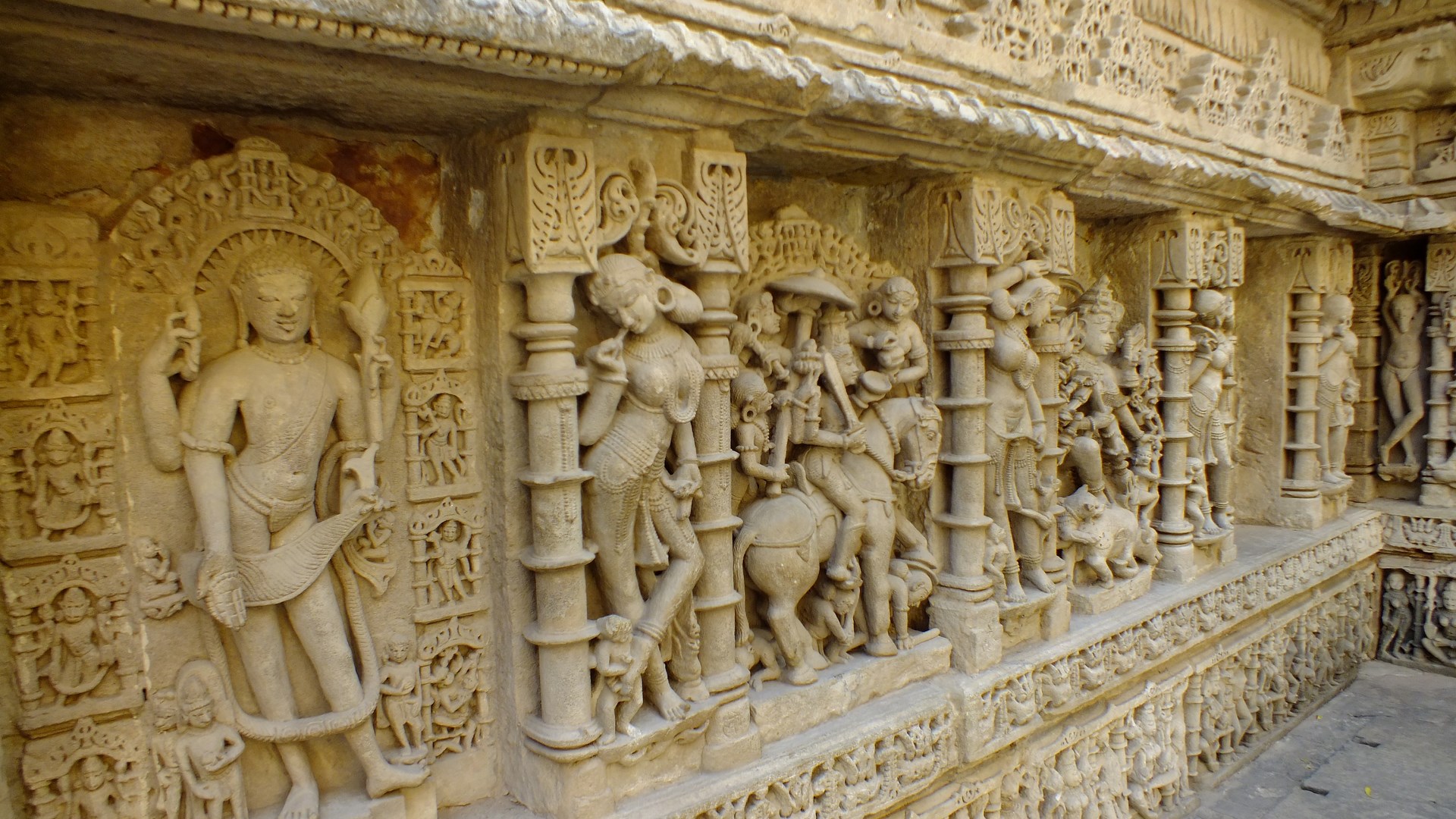
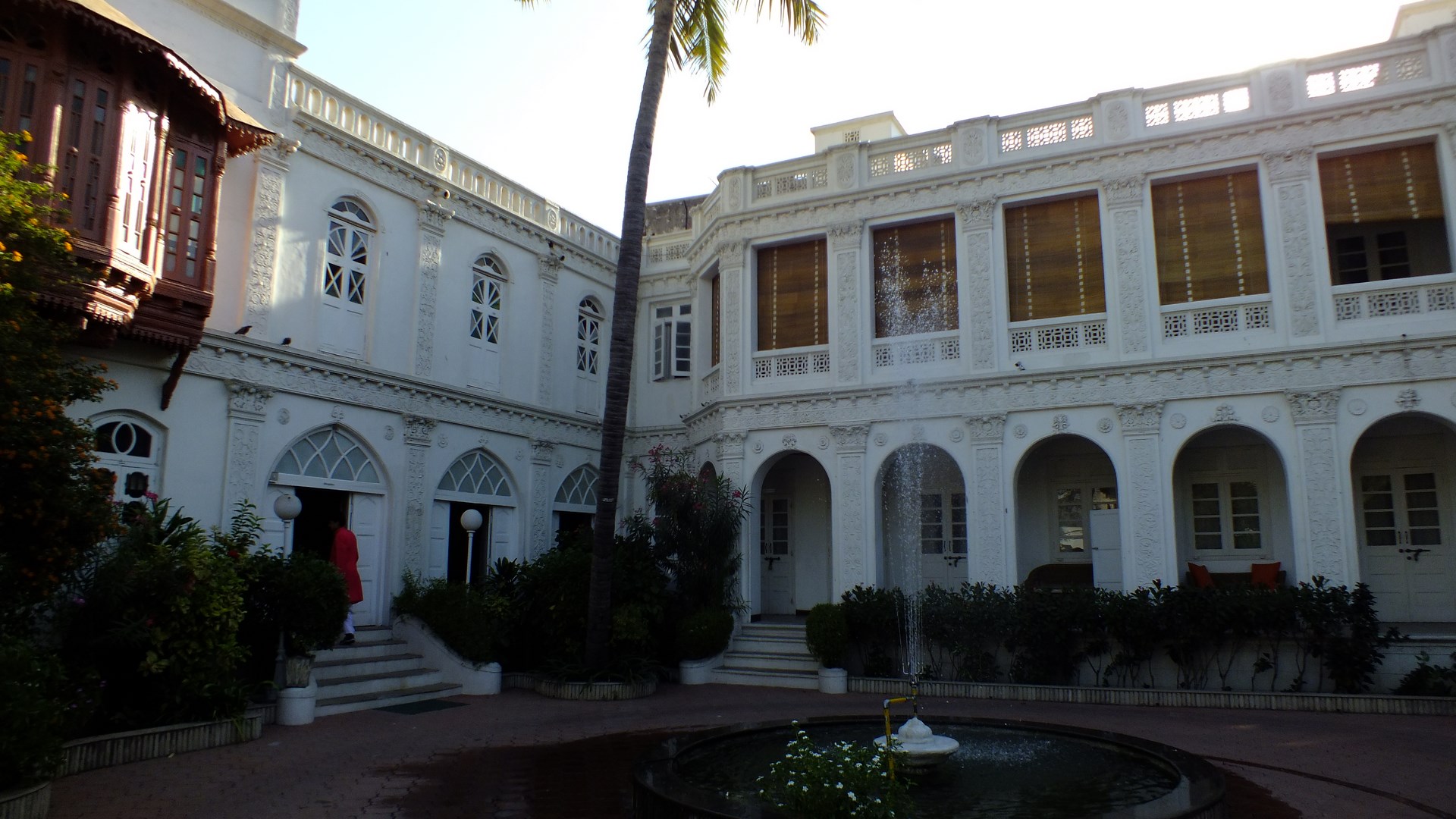
Very well written and informative. Need to read your other posts also whenever I get time. Kept your blog in my bookmark 🙂
Very useful post. Keep sharing post like this. Check out Kutch Express running status also on a single click.
Wonderful post…We are planning for a similar trip for this weekend… This write up is gonna guide us to a huge extent…!!
@preethi Glad to hear that. Have a great trip
Wonderful post…We are planning for a similar trip for this weekend… This write up is gonna guide us to a huge extent…!!
very informative. We are planning to follow the same route as yours next week. Any additional pointers?
Have a great trip
You will really enjoy the drive there
If you have additional time, see if you can add Lakhpat in your itinerary
I couldnt fit it in 5 days, and that has been a regret
very informative. We are planning to follow the same route as yours next week. Any additional pointers?
Really well written description. We are planning a similar trip and your write-up will be very helpful to us. Thank you!
Thank you for the words of encouragement 🙂
Hope you have a great trip